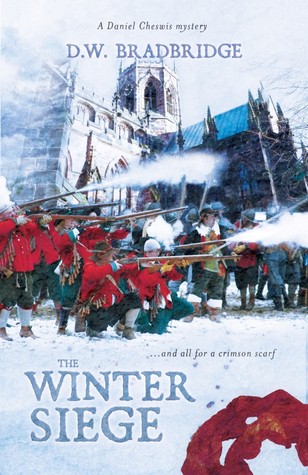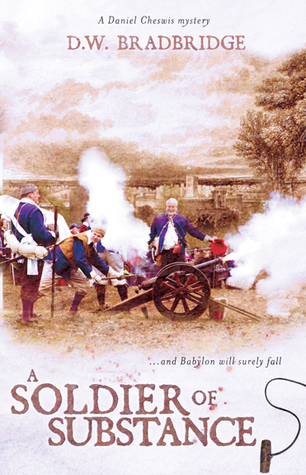1644. The smoke of parliamentary musket, cannon, and mortar fire is in the air around the royalist stronghold of Lathom House. Though guards still stand atop its walls, it is besieged on all sides, and it is only a matter of time until the house, along with its embittered and unwavering countess, Lady Charlotte de Tremouille, falls to Parliament’s might.
Description:
1644. The smoke of parliamentary musket, cannon, and mortar fire is in the air around the royalist stronghold of Lathom House. Though guards still stand atop its walls, it is besieged on all sides, and it is only a matter of time until the house, along with its embittered and unwavering countess, Lady Charlotte de Tremouille, falls to Parliament’s might. Yet somehow, a royalist spy still creeps, unseen, through its gates, and brings the countess Parliament’s secrets.
Barely recovered from the trials of the last few months, Daniel Cheswis is torn from his family and sent north, to uncover the identity of the traitor; though before he can even begin, Cheswis finds himself embroiled in a murder. A woman has been garrotted with cheese wire in her Chester home, suggesting there is more than just the usual hatreds of war at play.
As lives are lost and coats are turned on both sides, Cheswis is tasked with finding the murderer, uncovering the traitor, and surviving his soldierly duty long enough to see Lathom House fall.
 1643. The armies of King Charles I and Parliament clash in the streets and fields of England, threatening to tear the country apart, as winter closes in around the parliamentary stronghold of Nantwich. The royalists have pillaged the town before, and now, they are returning. But even with weeks to prepare before the Civil War is once more at its gates, that doesn’t mean the people of Nantwich are safe.
1643. The armies of King Charles I and Parliament clash in the streets and fields of England, threatening to tear the country apart, as winter closes in around the parliamentary stronghold of Nantwich. The royalists have pillaged the town before, and now, they are returning. But even with weeks to prepare before the Civil War is once more at its gates, that doesn’t mean the people of Nantwich are safe.
While the garrison of soldiers commanded by Colonel George Booth stand guard, the town’s residents wait, eyeing the outside world with unease, unaware that they face a deadly threat from within. Townspeople are being murdered – the red sashes of the royalists left on the bodies marking them as traitors to the parliamentary cause.
When the first dead man is found, his skull caved in with a rock, fingers start being pointed, and old hatreds rise to the surface. It falls to Constable Daniel Cheswis to contain the bloodshed, deputising his friend, Alexander Clowes, to help him in his investigations, carried out with the eyes of both armies on his back. And they are not the only ones watching him.
He is surrounded by enemies, and between preparing for the imminent battle, watching over his family, being reunited with his long-lost sweetheart, and trying, somehow, to stay in business, he barely has time to solve a murder.
With few clues and the constant distraction of war, can Cheswis protect the people of Nantwich? And which among them need protecting? Whether they are old friends or troubled family, in these treacherous times, everyone’s a traitor, in war, law, or love.
When the Winter Siege is through, who will be among the bodies?
About the author:
 D.W. Bradbridge was born in 1960 and grew up in Bolton. He has lived in Crewe, Cheshire since 2000, where he and his wife run a small magazine publishing business for the automotive industry.
D.W. Bradbridge was born in 1960 and grew up in Bolton. He has lived in Crewe, Cheshire since 2000, where he and his wife run a small magazine publishing business for the automotive industry.
“The inspiration for The Winter Siege came from a long-standing interest in genealogy and local history. My research led me to the realisation that the experience endured by the people of Nantwich during December and January 1643-44 was a story worth telling. I also realised that the closed, tension-filled environment of the month-long siege provided the ideal setting for a crime novel.
“History is a fascinating tool for the novelist. It consists only of what is remembered and written down, and contemporary accounts are often written by those who have their own stories to tell. But what about those stories which were forgotten and became lost in the mists of time?
“In writing The Winter Siege, my aim was to take the framework of real history and fill in the gaps with a story of what could, or might have happened. Is it history or fiction? It’s for the reader to decide.”
For more information please visit D.W. Bradbridge’s:




No comments:
Post a Comment